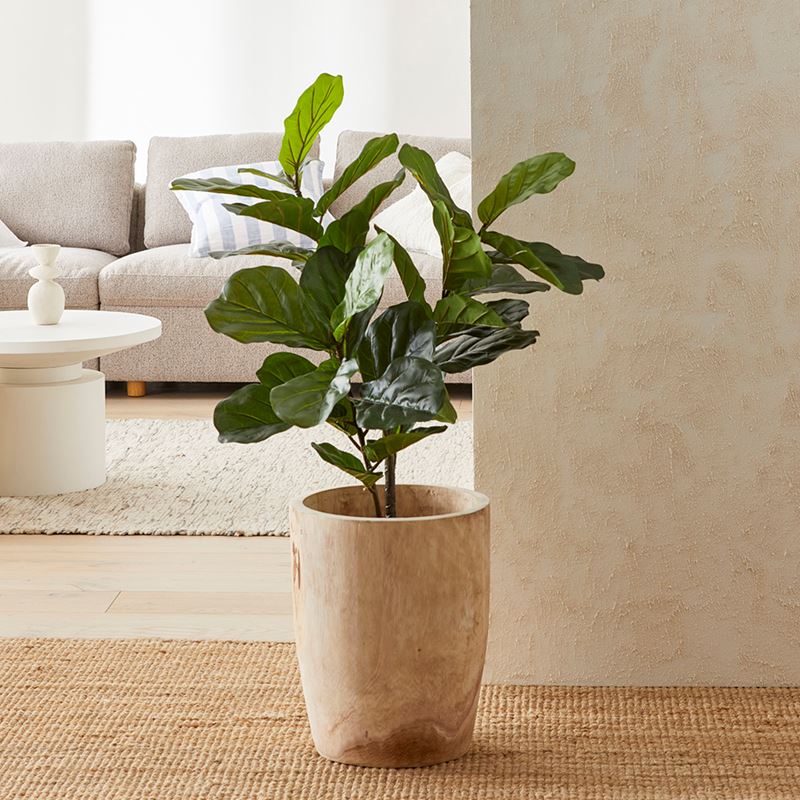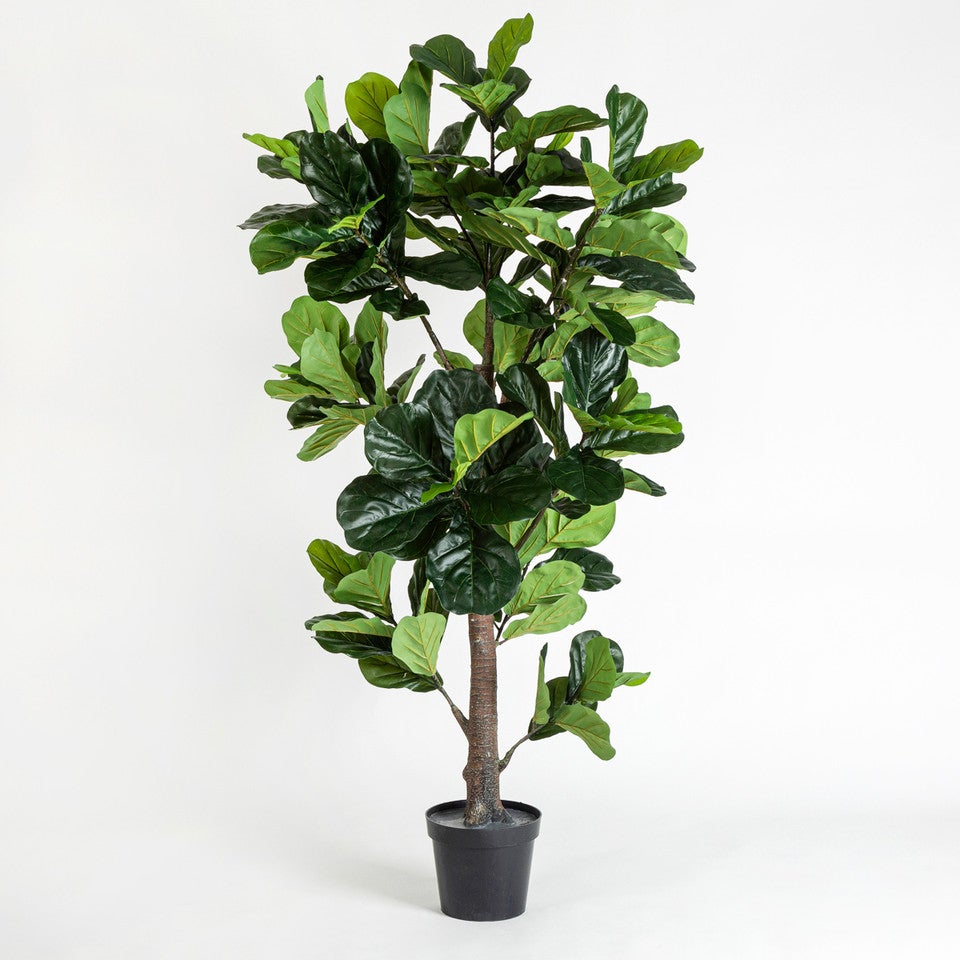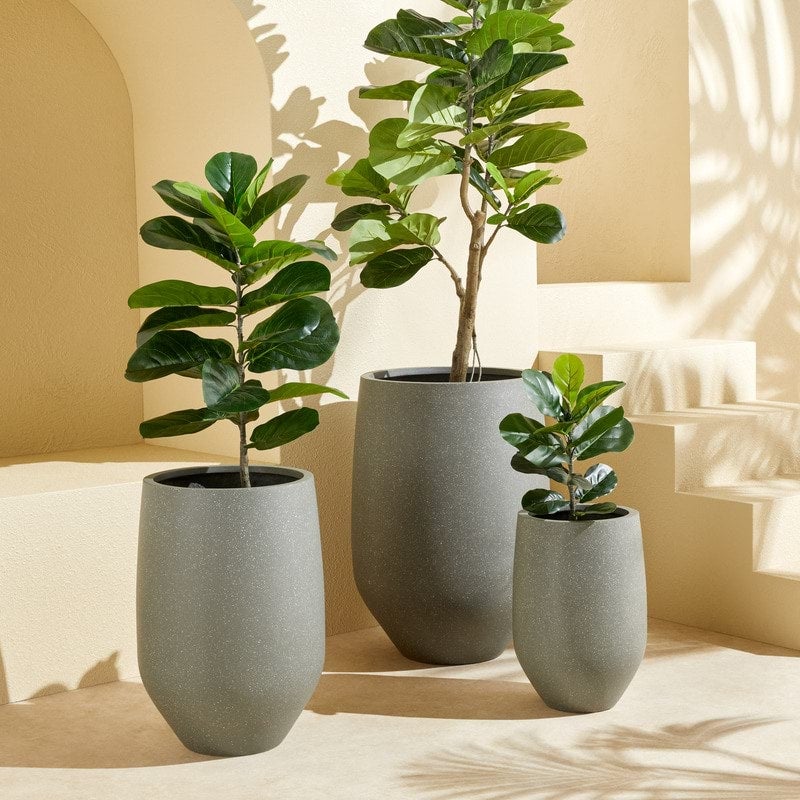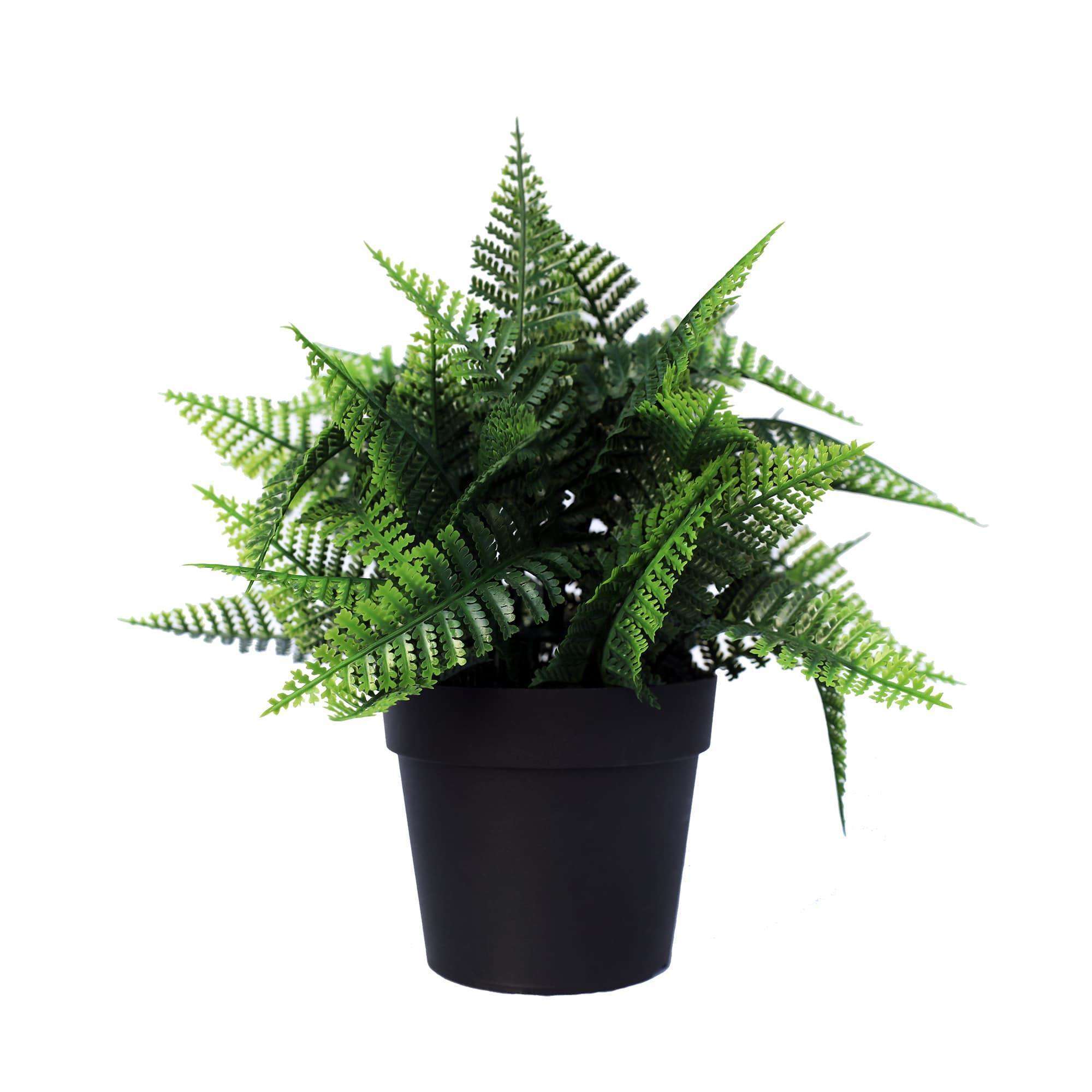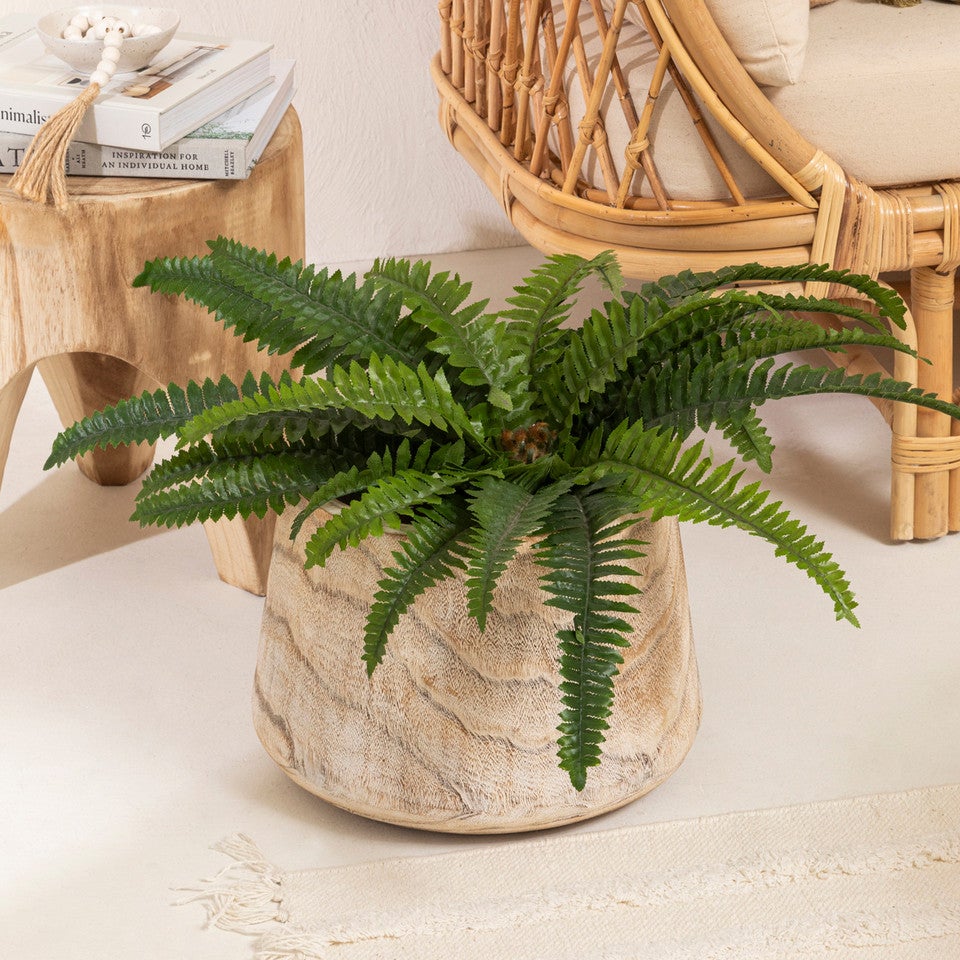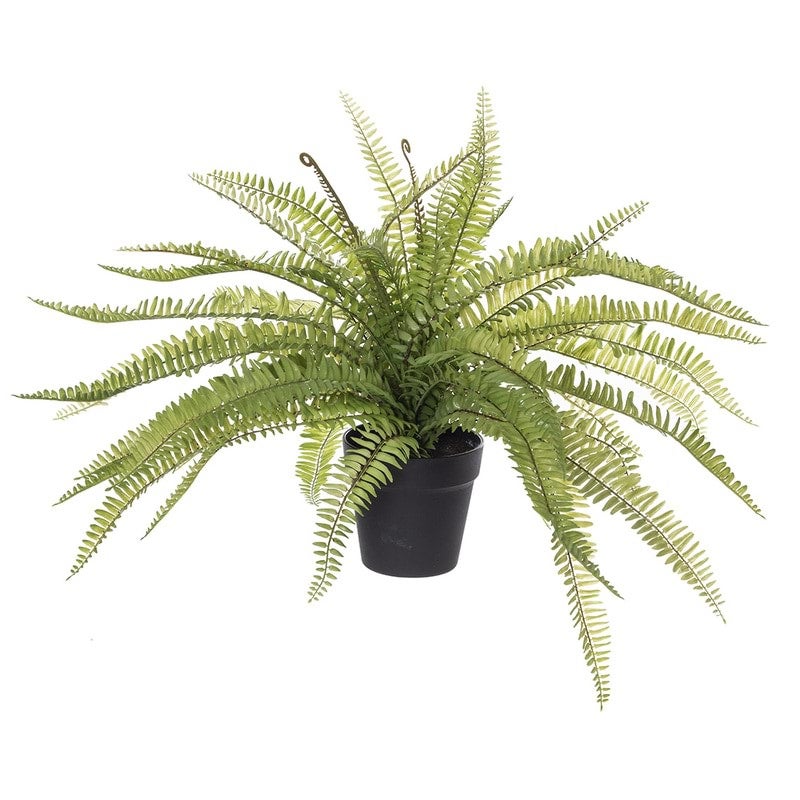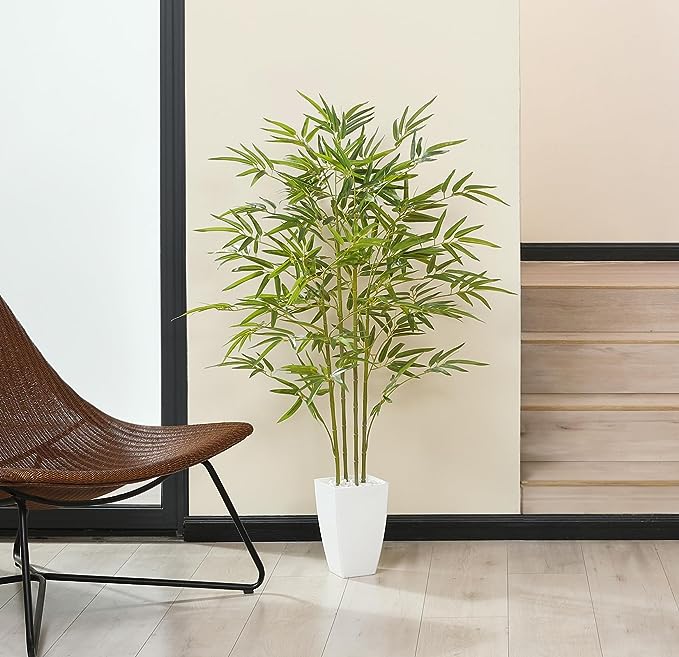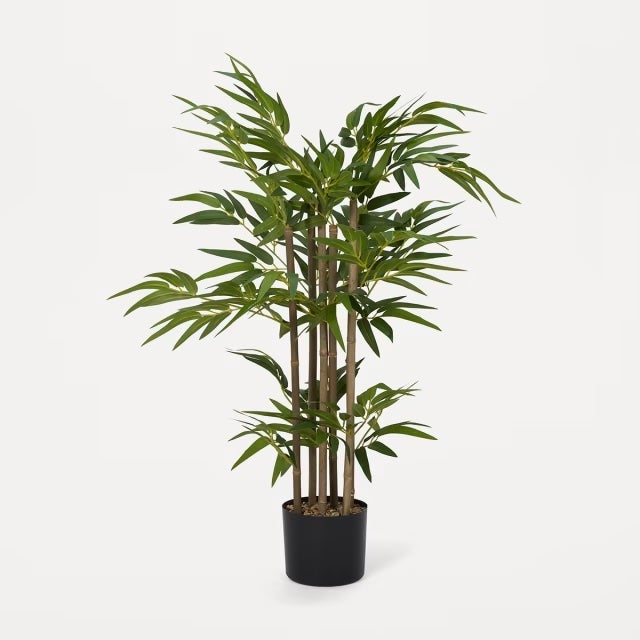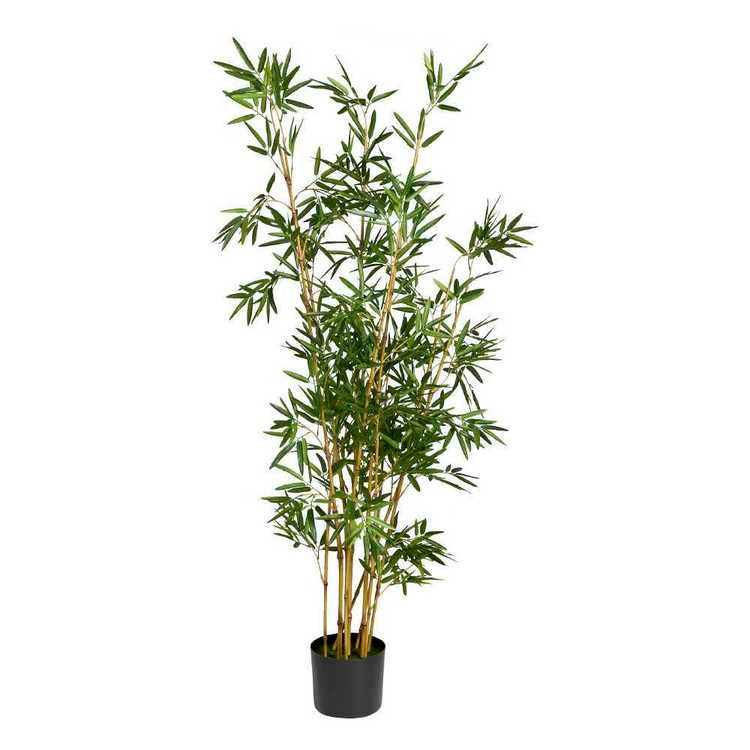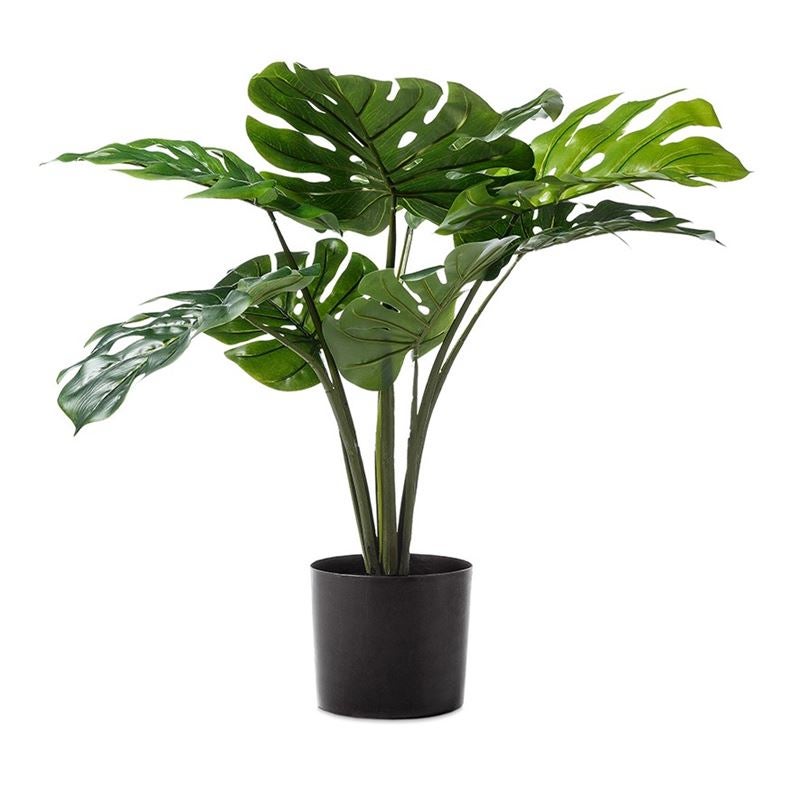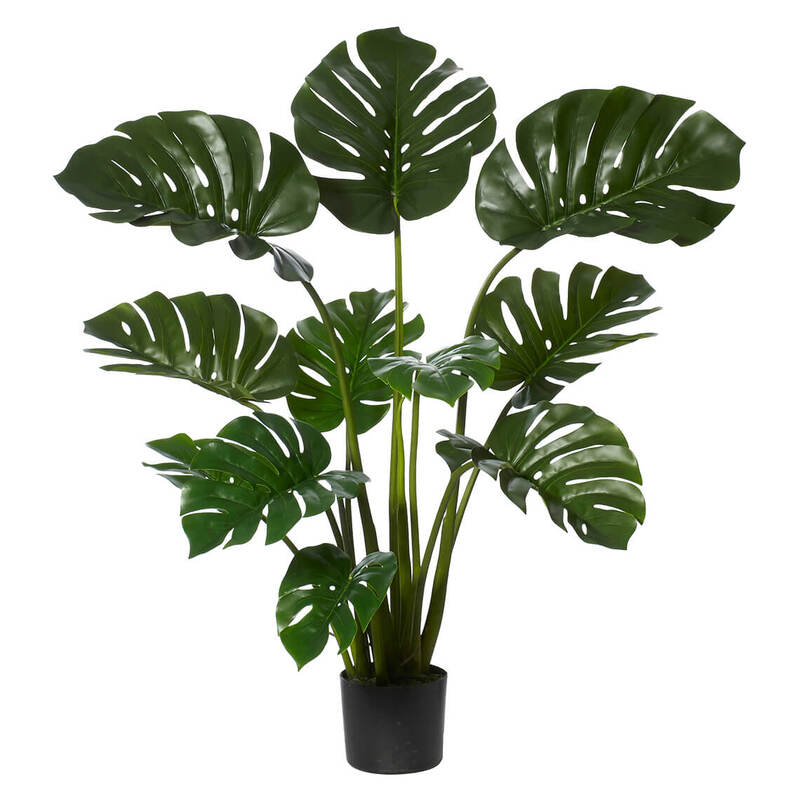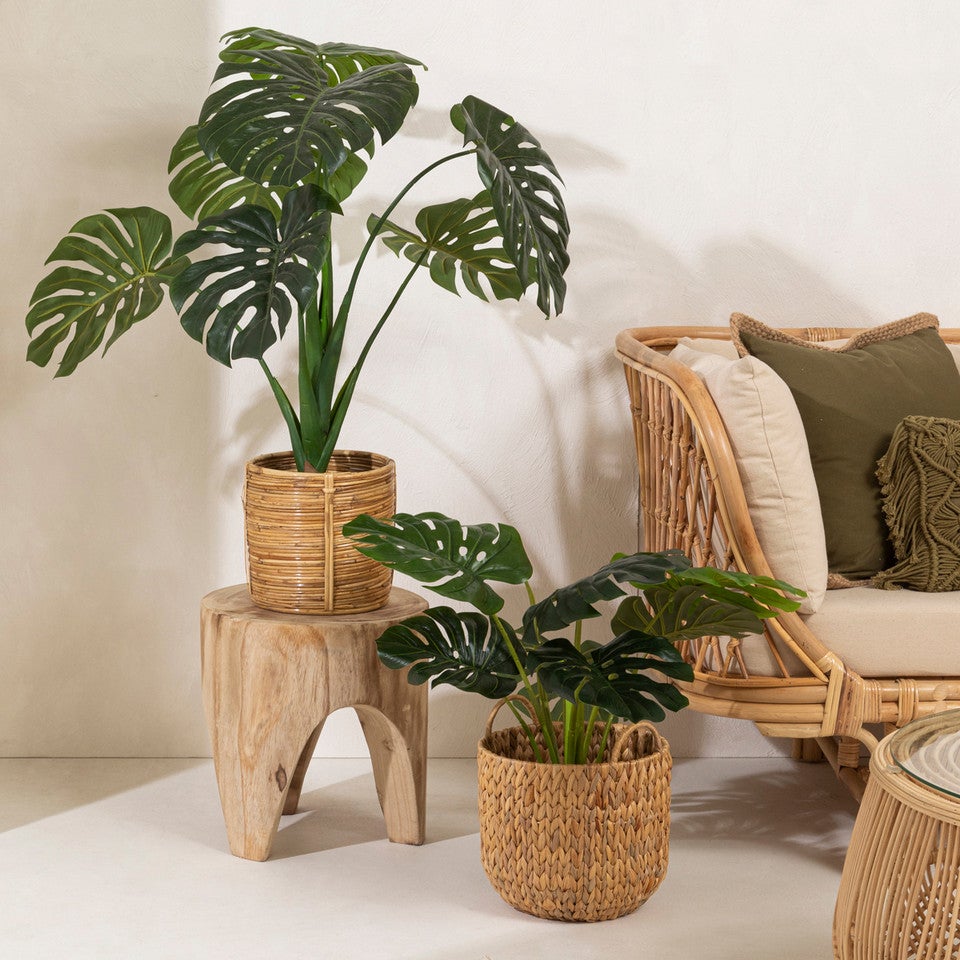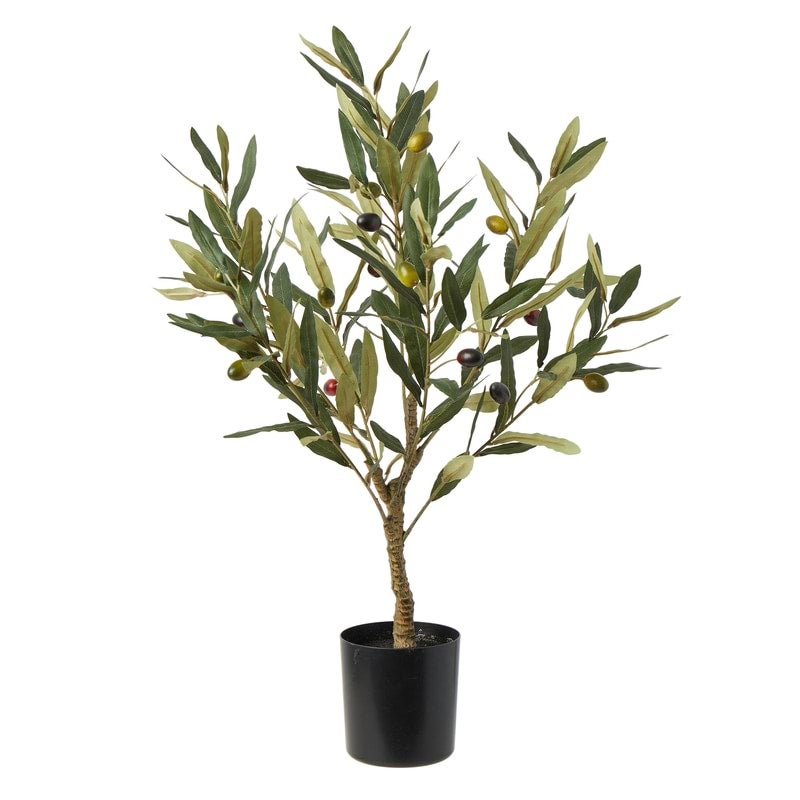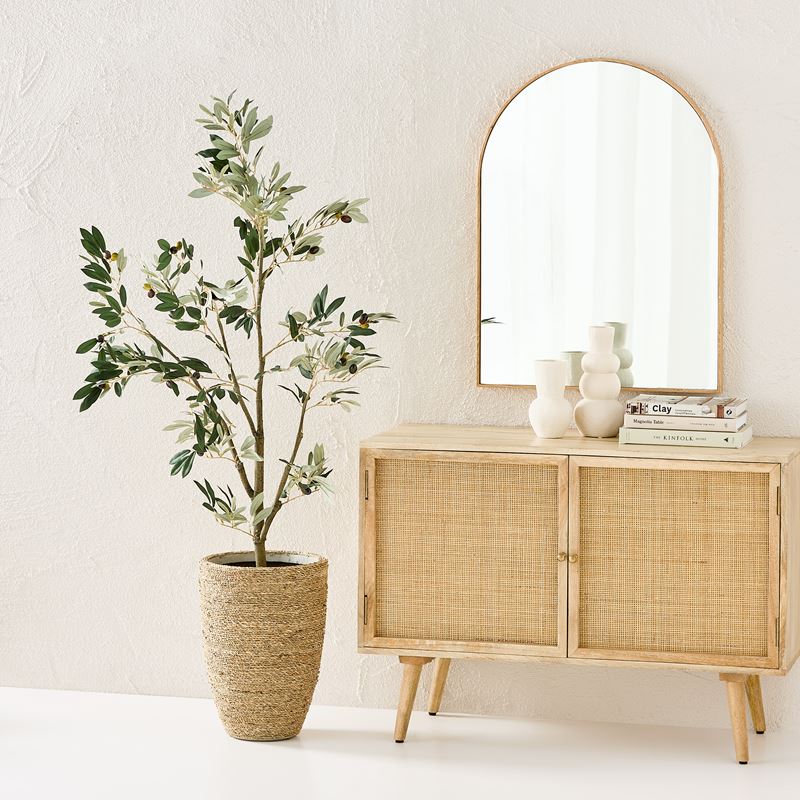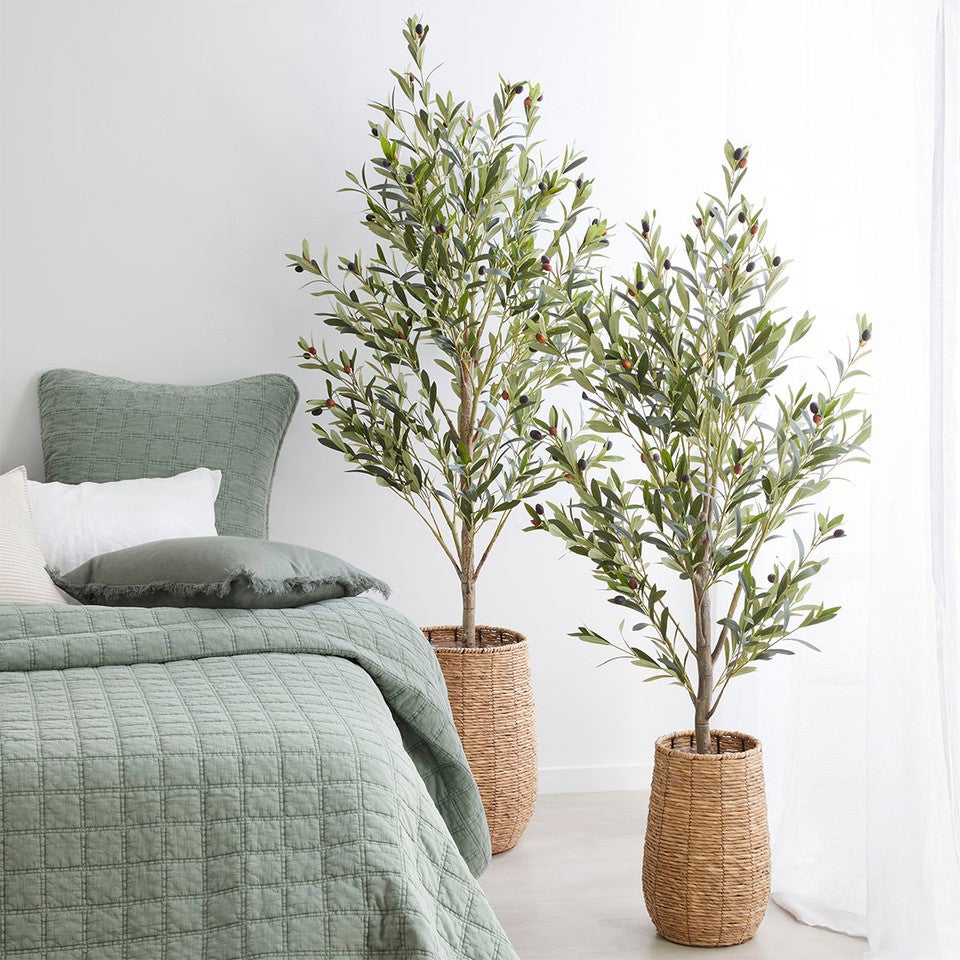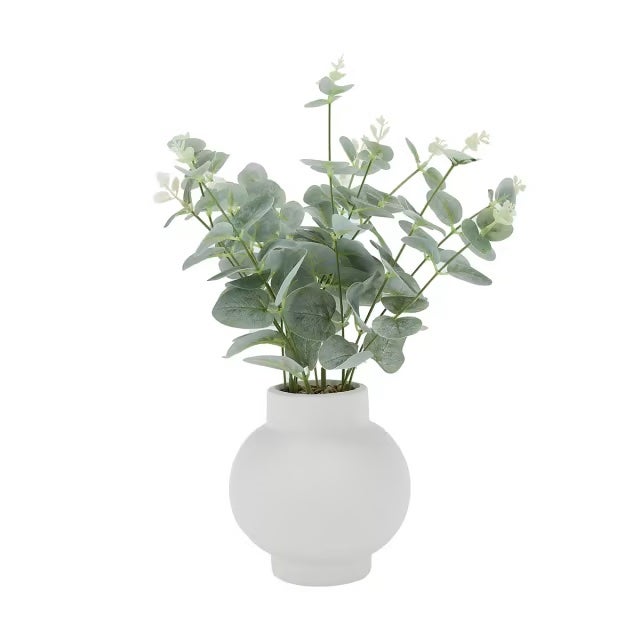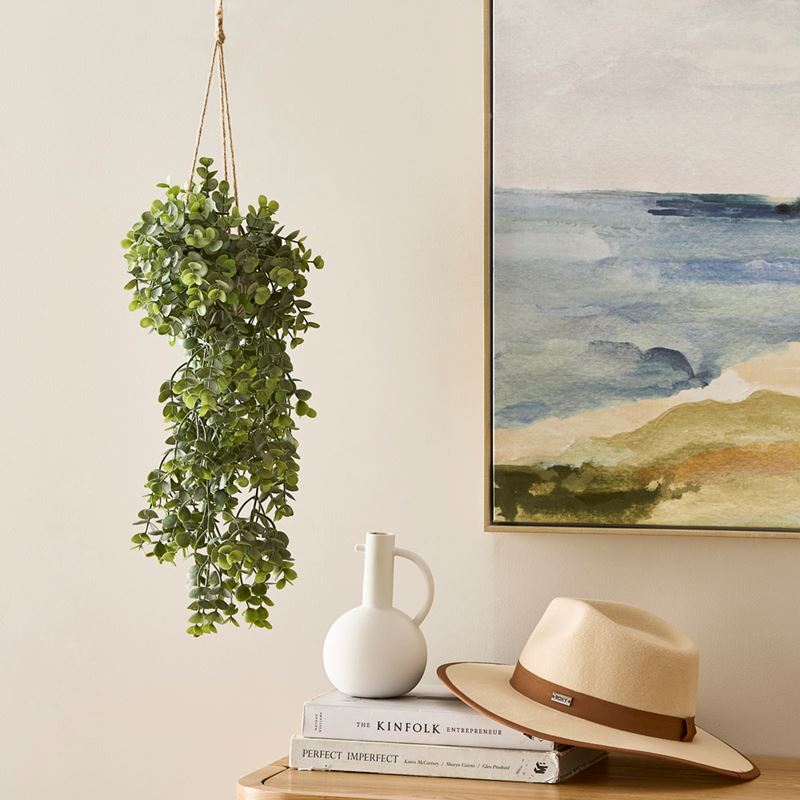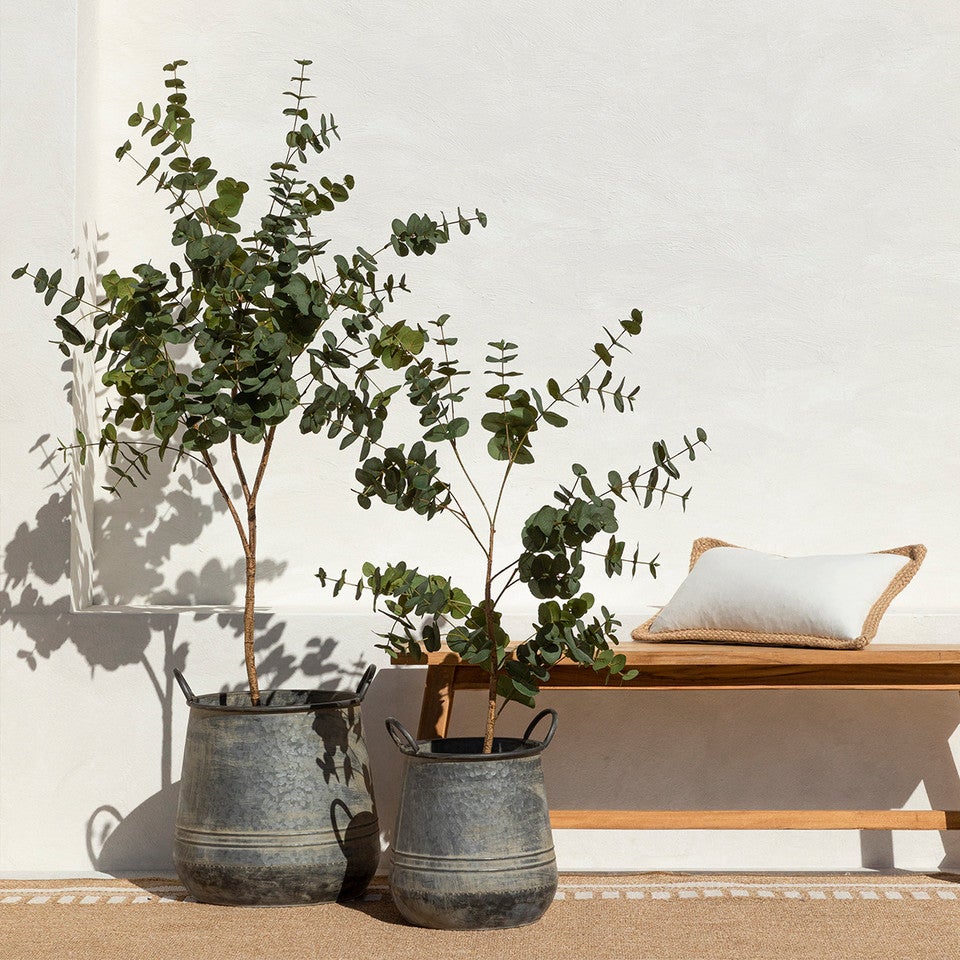At Refinery29 Australia, we’re here to help you navigate this overwhelming world of stuff. All products are independently selected and curated by the editorial team, but we may earn commission or other compensation from the links on this page.
As home accessories go, fake plants have among the worst reputations. Situated somewhere between waterbeds and plastic couch covers on the tackiness scale, we tend to envision them nestled in an unfortunate corner of someone’s great aunt’s house, gathering dust and looking unequivocally not alive. Most interior design experts (and non-experts, for that matter) would therefore advise you to steer clear of faux flora of any kind. That is, they would have until recently.
AdvertisementADVERTISEMENT
“I think people are more aware of the beauty plants bring into a home. Fake plants help people who do not have a green thumb enjoy the physical effect of greenery,” explains Deidre Remtema of interior design firm Deidre Interiors. “Fake plants got a bad rap in the past because they looked like plastic and not real at all, which is a huge turn-off. The materials used to make fake plants have come a long way to tricking the eye!”
Indeed, as your own window sill may evidence, plants — both alive and otherwise — have experienced a surge in popularity, especially among young people. Generational identity notwithstanding, houseplants can be finicky, time-consuming, and expensive. Thankfully, where there’s a trend, there’s somebody figuring out a way to get the look for less. Enter: the return of the artificial houseplant.
The proliferation of plant fakery might also have something to do with the popularity of plants that aren’t artificial but can sometimes appear to be — stuff like succulents, cacti, and rubber plants. These sturdy plant varieties are popular because they’re easy to maintain and hard to kill. But if you’re going to have plants that kind of look fake anyway, well, why not go one step further?
Instead of cheap, plastic-y, and weirdly perfect (the dead giveaway of most non-living vegetation), today’s faux plants are crafted with the express purpose of looking realistic. They’re perfectly imperfect if you will.
Just as fashion folk are determined to make chunky dad sneakers and mom jeans relevant again, there’s a tendency to mine the past for things that might have been unfairly dismissed. It’s the same thing that happened to shag carpeting: Once considered a gauche relic of the ‘70s, rugs of all descriptions are everywhere.
AdvertisementADVERTISEMENT
Before you replace the contents of your much-toiled-over plant corner with a bunch of fakes, though, Tavella cautions that there is one potential drawback. “I worry about it from a sustainability perspective,” she says of the trend. Many fake plants are made from plastic, which pollutes oceans and the environment. And unlike their living brethren, faux plants don’t help create better quality air for us to breathe. “It would be a good opportunity for a brand to come out with some that are sustainable and of that level of quality,” Tavella notes.
Indeed, judging by their presence not just at commercial design arbiters like IKEA, Target, and Adairs but also at plant stores like Bunnings, it would appear fake houseplants aren’t going anywhere. And that’s fine, especially if you’re mixing them with real plants, as Remtema often suggests to clients who want large arrangements (“one fake plant is easy to pass but a grouping of seven would not be convincing,” she says). Just please, remember to dust those oh-so-convincing leaves off every now and then.
Best Artificial Fiddle Leaf Fig Plants
With large, round, deep green foliage, fiddle leaf fig plants have naturally shiny leaves and are known for their 'tropical' look. If you're on the hunt for a large artificial plant with lots of green, this plant should be one of your first choices.
Best Artificial Boston Fern Plants
Boston ferns are smaller plants with thin, spiky fronds, which are made up of small, green leaves. This plant prefers humid areas, but if you get an artificial one, you won't need to worry about the humidity of your house.
AdvertisementADVERTISEMENT
Best Artificial Bamboo Plants
Known for their tall stems and thin leaves, bamboo plants are some of the most easily recognisable trees. If you're keen to decorate your space with artificial bamboo, here are some great options.
Best Artificial Monstera Plants
Monsteras are also known as 'Swiss cheese plants' thanks to some species having hole-like shapes in their leaves. They're known for being easy indoor plants to take care of, but if you're sceptical, here are some artificial monstera plants that will definitely be beginner-friendly.
Best Artificial Olive Tree Plants
Bring a bit of the Mediterranean to your home with these artificial olive tree plants. The plants below come with fake fruit attached, but there's also fruitless options if you're not a fan of olives.
Best Artificial Eucalyptus Plants
If you want some native Australian plants to add to your home decor, these artificial silver-dollar eucalyptus plants have a grey-green colour that works with a variety of interiors.
Want more? Get Refinery29 Australia’s best stories delivered to your inbox each week. Sign up here!
AdvertisementADVERTISEMENT







